wegovy vs ozempic
wegovy vs ozempic
This article compares Wegovy and Ozempic, two medications in the GLP-1 receptor agonist class. Learn about their distinct indications—Wegovy for chronic weight management in obesity, and Ozempic for type 2 diabetes management. Discover the recommended dosages, the importance of titration, and potential overdose risks associated with Ozempic. Understand how these medications can help improve health outcomes when used correctly. Explore the administration techniques and safety measures to ensure effective treatment and minimize side effects.
Description
wegovy vs ozempic
Wegovy vs Ozempic: Understanding Dosages and Overdose Risks
Comparing Wegovy and Ozempic: Indications and Dosage
Wegovy and Ozempic are both medications that fall under the class of glucagon-like peptide-1 (GLP-1) receptor agonists. However, they serve distinct indications and have specific dosage protocols. Wegovy is primarily prescribed for chronic weight management in adults with obesity or those who are overweight and have at least one weight-related comorbidity. In contrast, Ozempic is mainly indicated for the management of type 2 diabetes. It helps improve glycemic control alongside diet and exercise, and may also reduce the risk of major cardiovascular events in adults with type 2 diabetes and established cardiovascular disease.
When it comes to dosages, Wegovy is available in a pre-filled pen and is administered via subcutaneous injection. The initial recommended dose for Wegovy is 0.25 mg once weekly, which may be increased after four weeks to 0.5 mg. Titration continues with further increases to 1 mg after another four weeks, followed by potential increases to 1.7 mg and eventually 2.4 mg based on individual tolerance and weight management goals. This gradual increase helps to minimize side effects, which may include gastrointestinal discomfort.
Ozempic, similarly administered via subcutaneous injection, also starts at a lower dose to ensure tolerability. The recommended initial dose is 0.25 mg once weekly for the first four weeks. Following this, patients may increase their dose to 0.5 mg weekly, and if additional glycemic control is needed, it can be raised to 1 mg weekly after at least four weeks. This well-structured titration schedule is crucial for ensuring both the efficacy of the medication and safety for the patient.
In understanding both Wegovy and Ozempic, it is essential to recognize their unique roles in weight management and diabetes treatment respectively, and to adhere closely to the recommended dosage guidelines to ensure optimal outcomes.
Understanding Ozempic Dosage Forms and Overdose Risks
Ozempic, a medication primarily used for the management of type 2 diabetes, is available in several dosage forms and strengths. The most common form is a pre-filled pen designed for subcutaneous injection. Ozempic injections are accessible in two primary strengths: 0.5 mg and 1 mg, with a higher strength of 2 mg also available for patients who require increased dosage after initial treatment. The administration technique involves injecting the medication into the thigh, abdomen, or upper arm, which allows for effective absorption into the bloodstream.
The dosing frequency for Ozempic is typically once a week, with patients instructed to choose a consistent day for their weekly administration. It is crucial for users to follow healthcare provider recommendations closely to ensure optimal results and minimize risks associated with improper use. Proper injection technique includes rotating the injection sites to reduce the chance of irritation or skin complications.
While Ozempic is generally safe when used as directed, there are potential overdose risks that patients should be aware of. Symptoms of an overdose may include severe nausea, vomiting, abdominal pain, and extreme fatigue. If an individual suspects they have overdosed on Ozempic, it is important to seek immediate medical attention. Treatment may involve supportive care and monitoring for any severe reactions.
To prevent overdose situations, individuals should take care to store the medication out of reach of children and adhere strictly to prescribed dosages. Additionally, any changes in medication should only be discussed with a healthcare provider. By understanding the available dosage forms and being vigilant about safe usage, individuals can effectively manage their condition while minimizing risks associated with Ozempic.
wegovy vs ozempic,wegovy vs ozempic,wegovy vs ozempic,wegovy vs ozempic,wegovy vs ozempic,wegovy vs ozempic,wegovy vs ozempic,wegovy vs ozempic,

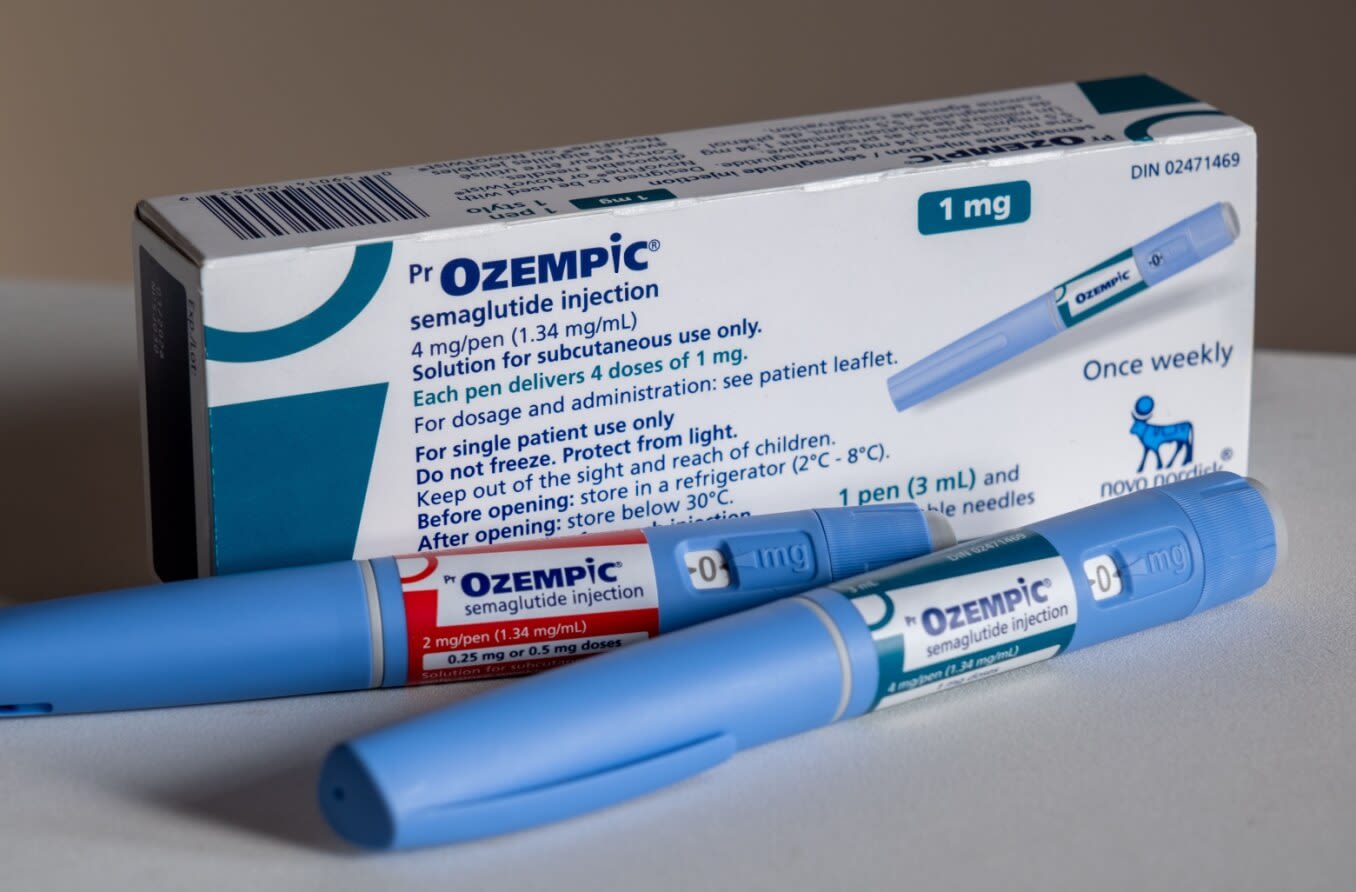
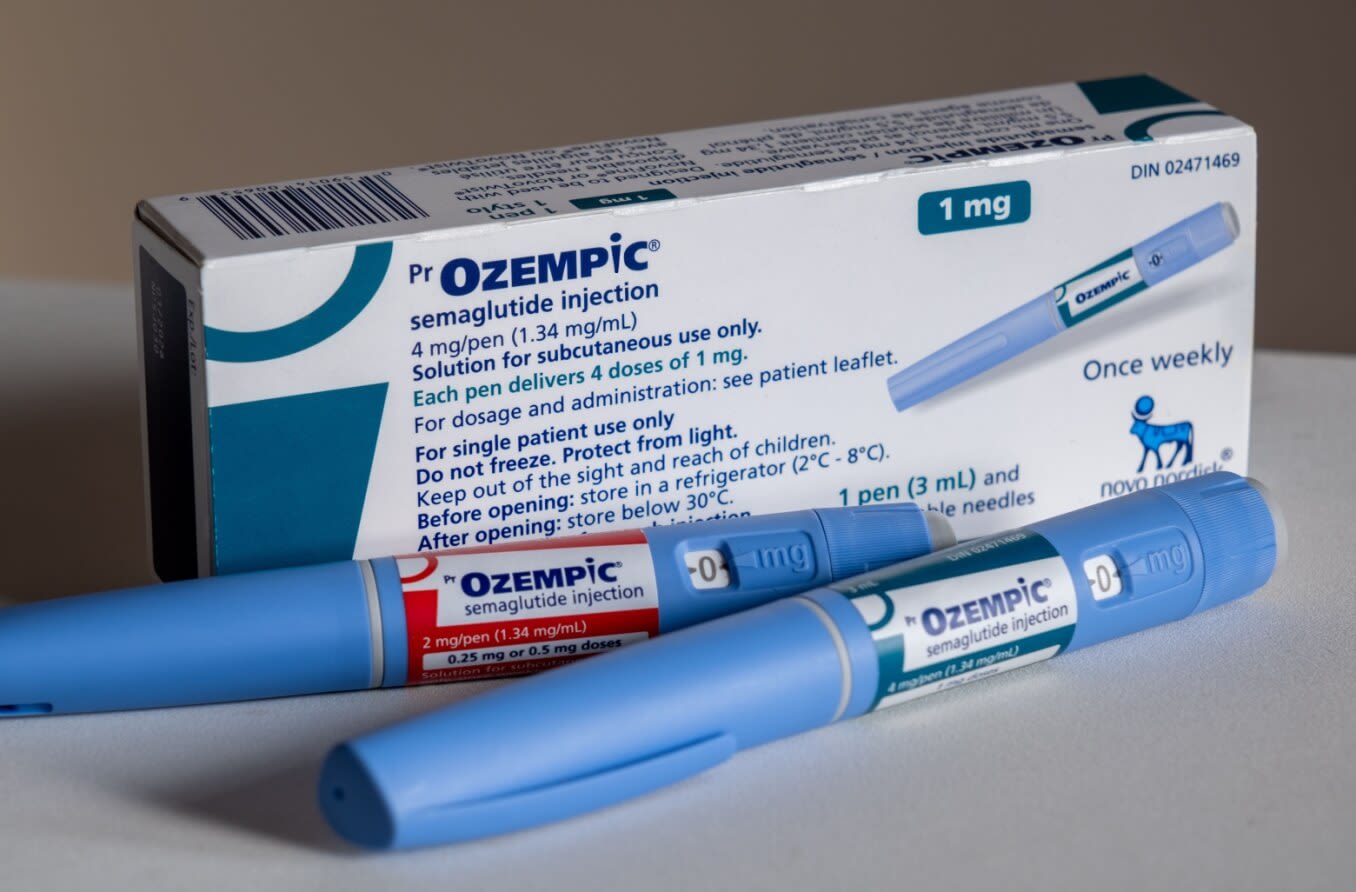

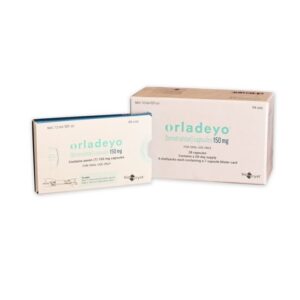
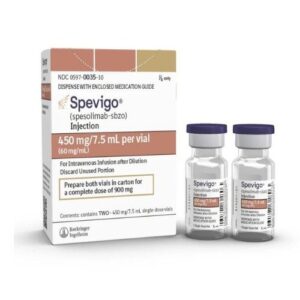
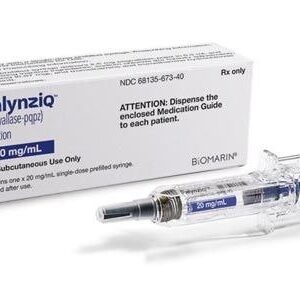

Reviews
There are no reviews yet.